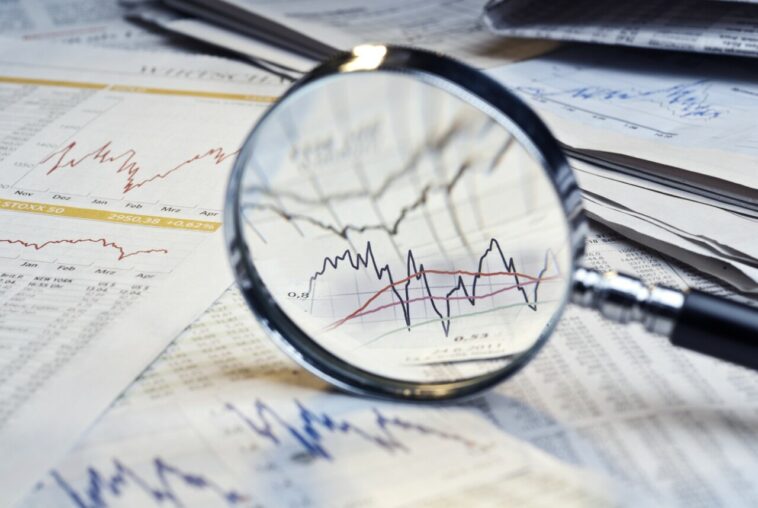Zane VanDusenglobal director of risk and investment at Bloomberg, comments in an interview that the four main risks are the market, credit, liquidity and climate.
After years of having a flexible monetary policy, we are in an environment of high inflation and the increase in reference interest rates, which will pose “challenges for many high-yield credit issuers,” explains the manager.
This situation, he noted, also represents an opportunity for companies to take advantage of technology that allows them to translate quality information and incorporate it into their risk workflows.
The most recent Risk Analysis Survey developed by Bloomberg indicates that market risk tops the list with 39% of the responses, followed by credit (31%), liquidity (24%) and weather (5%).
How will these risks impact an economy like Mexico’s?
With credit risk, a key concern is contagion because it can have “significant” repercussions in countries like Mexico, “where the financial sector is relatively concentrated.” If several companies in the same sector default on their debt, it often causes problems for their counterparts, as the risks may be more systemic.
Bond market sentiment for the Mexican financial services sector is increasingly negative, implying that market sentiment has deteriorated significantly. When this happens in more sectors it can put a strain on the financial system, as companies will be forced to sell assets quickly, increasing market volatility and causing a deterioration in liquidity.
What issues will generate uncertainty in financial institutions?
Liquidity risk is extremely difficult to measure and manage because it can change very quickly depending on rapidly changing market conditions.
Scenario analysis and stress tests are increasingly important tools. The Bloomberg survey revealed that 34% of respondents have recently improved their liquidity risk management by incorporating additional scenarios, which are forward-looking and prospective in nature rather than based on historical events.
What ingredients should a risk management plan have?
A strong risk management framework is like having a sophisticated surveillance system. It is important to have multiple sources of information covering different aspects of risk.
However, just like a surveillance system, it is not enough to put hundreds of cameras. Risk managers need automated alerts that tell them which screen to look at and when. The objective is to have an information system in which technology is used to identify unexpected movements and provide early warning signals that allow for deeper analysis.
How can companies shield themselves from the risks that are seen for the coming year?
Companies should perform a gap analysis on their current risk systems and assess the extent to which they cover the various risk indices. In most cases, they will have gaps in their market data, as companies have visibility primarily into their own market activity.



